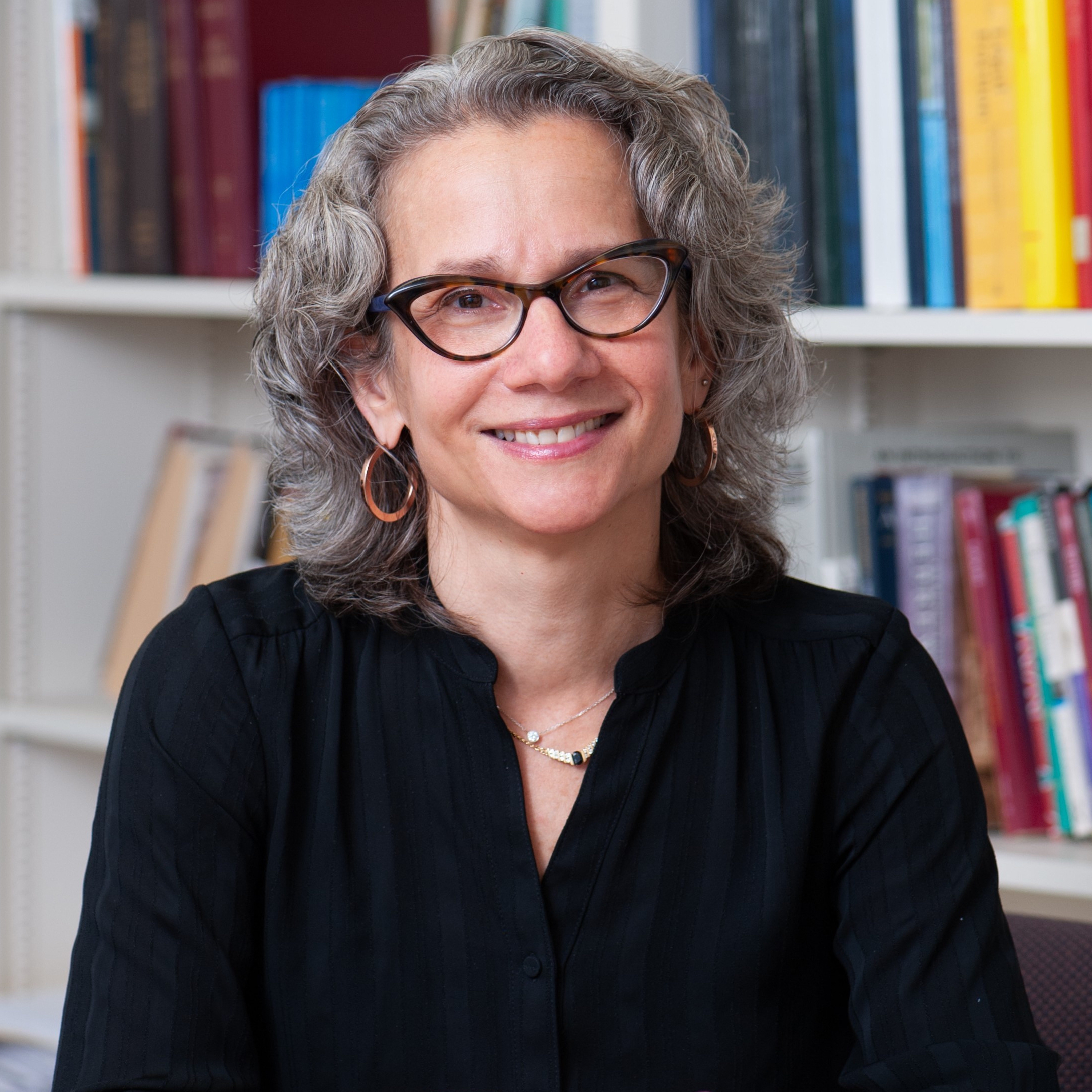Holy Bling

I loved rummaging through my grandmother’s jewelry. To my child’s eye, her jewelry box was a treasure chest filled with sparkling gems, pearls, and gold. All “paste,” I learned, but to me they were the crown jewels.
I would drape myself with necklaces and stack rings on my fingers and bracelets on my wrists. I did not follow the rule that one should always remove an item of jewelry so as not to appear over-laden. I loved a full-on blast of bling.
Like my grandmother’s jewelry box, the Mishkan—Israel’s portable sanctuary—was a treasure chest. Parashat Vayak-hel-Pekudei describes the colorful fabrics, rich woods, and precious metals that comprise the Mishkan, its furnishings, and the costumes of the priests who served within it.
The Mishkan must have shimmered with its purple, red, and blue hues, sparkled with its emeralds and sapphires, and glowed with its gold, silver, and copper. It was a full-on blast of bling. It must have been beautiful.
Beauty is essential to all religious life. Exodus 15:2 declares: “This is my God and I will glorify God.” From this verse, develops the idea of hiddur mitzvah—the idea that beauty enhances ritual observance.
The Talmud interprets this concretely and specifies that the silks that wrap our Torah scrolls, the fringes worn on our garments, the shofarot we blow, the sukkot we sit in should be beautiful (BT Shabbat 133b). The physical beauty of these objects reflects the glory of God.
The Mishkan radiates hiddur mitzvah. Its grand, overwhelming beauty is a physical testimony of God’s glory. I imagine that a worshipper who enters the Mishkan is struck by its beauty, and spontaneously shouts out the words of Psalm 24: “Who is the sovereign of glory? The Lord of Hosts is the sovereign of glory!”
There may be times when God chooses to dwell in something as mundane as a small desert bush (Exod. 3:2), but God’s bejeweled and bedazzled house reflects God’s fullest magnificence and communicates Israel’s awed awareness of it.
Yet, the beauty of the Mishkan does more than reflect God’s glory. The Mishkan is a product of Bezalel and Oholiab and of other artisans who are endowed with the skill and creativity to design and craft its woven curtains, carved furnishings, and hammered ornaments (Exod. 35:30–36:1).
As such, the Mishkan is a work of art whose beauty reflects the glory of the human spirit and is a testimony to human creativity and artistry.
Beauty is essential to religious life because it reflects and celebrates God’s glory and because it reflects and celebrates the glory of the human spirit and its capacity to make beauty and art.
Beauty is manifest in many forms. Visual beauty—displayed in the Mishkan’s spectacular details—is particularly powerful. Visual artists—painters, crafters, dancers, architects, directors, fashion designers—manipulate materials that effectively communicate their wondrous ability to imagine and create new objects and whole worlds.
But there are other manifestations of beauty that are equally powerful, although less tangible than visual beauty. There is the transformative beauty of music and of written and spoken language, the elegant beauty of logic, and the profound beauty of deep emotion.
We see and need all forms of beauty in religious life. We need golden lampstands and crimson cloths. We need drums and lyres. We need psalms and talmudic arguments.
We need it all to worship our God who infuses our world with beauty. We need it all to express our human spirit and to celebrate our capacity to create beauty.
Right now, I crave beauty. I have not been to a museum or to the theater in a year because of COVID. Without Shabbat dinners and festive occasions, there is no reason to dress up and wear my grandmother’s jewelry. Unable to travel far, I have seen limited natural beauty.
But the beauty I have seen, heard, and experienced has helped me through this time. It has fed my spirit and has inspired me to see beyond the constrained darkness of the moment, to see the beauty in God’s world and the beauty in the worlds we humans create.
We need beauty to express the glory of our creator and the glory of our creativity. We need a world that sparkles and shimmers, that hums and sings, that’s crafted and elegant. And sometimes we need a world with a full-on blast of bling.
The publication and distribution of the JTS Commentary are made possible by a generous grant from Rita Dee (z”l) and Harold Hassenfeld (z”l).



